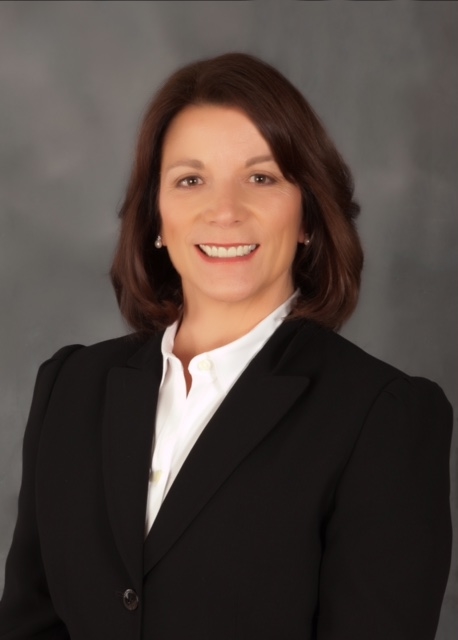Everyone has heard about the problem of distracted driving and, even, distracted walking. But what about distracted doctoring?
It's a problem that can endanger patients and increase medical liability, according to Shelley Rizzo, patient safety risk manager at physician-owned medical malpractice insurer The Doctors Company.
When a doctor takes attention away from a patient, it increases the potential for a serious patient safety event, Rizzo said in an interview with FierceHealthcare.
While interruptions and external distractions have always been a problem from a patient safety viewpoint, digital distractions such as smartphones and tablets have upped the ante.
"It’s like a whole different ballgame,” Rizzo said.

From texting to checking personal email to surfing the internet to looking at Facebook postings, there are plenty of ways that healthcare professionals can be distracted from the patient in front of them.
Smartphones and social media have addictive elements that draw users in and can excite the brain just like being in a casino, Rizzo explained. Digital devices can create a distraction that is so engaging it consumes a user and can be a recipe for disaster for physicians. The devices can so absorb users that they lose track of time and can put patients at risk.
It's an important issue from a customer service standpoint since some patients already feel doctors are distracted by the use of electronic health records.
RELATED: 6 patient safety improvement opportunities
From a litigation perspective, anytime a physician is performing a high-risk task and is distracted by nonpatient matters, it makes it very difficult to defend against a patient claim, she said.
A claim of malpractice
Take the case of an anesthesiologist, which Rizzo recalled reading about. He was working in the operating room when one of his patients coded and later died. The family filed a medical malpractice suit that named the anesthesiologist. During discovery, several nurses remembered the doctor was on his cell phone several times during the procedure.
Attorneys for the family pulled the doctor’s cell phone records that showed eight minutes before the code blue, the physician was on Facebook and texting.
“So here we have the cell phone records that becomes a witness,” Rizzo said. Even though the doctor was performing within the standard of care clinically, his use of his phone introduces a whole new element into a liability case.
Ways to protect against distracted doctoring
So, what’s the answer to this growing problem? Rizzo said there are ways doctors and practices can protect themselves.
- Have policies in place. For instance, a policy may say it is okay for doctors or medical professionals to use the internet to look up a medical protocol, but not for personal reasons such as checking Facebook. It might also address the issue of taking and circulating photos via cell phones, a reality that became well known in the death of comedian Joan Rivers. An investigation found that one of the doctors took a photo of Rivers during a throat procedure that led to her death.
- Provide mandatory education to staff. Organizations should provide ongoing staff training about the dangers distracted medical professionals can create. Staff should know when it is inappropriate to use digital devices. Doctors and others can take commonsense steps such as silencing the ringtone on their phone to avoid distractions.
RELATED: More than half of U.S. doctors have faced malpractice lawsuits, survey finds
- Build a culture of patient safety. Staff members need to feel they can speak out when they see something that threatens patient safety, including someone being distracted by use of a digital device. “We all have a personal responsibility to our team members to speak up when something is impacting patient safety,” she said.